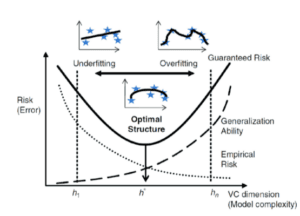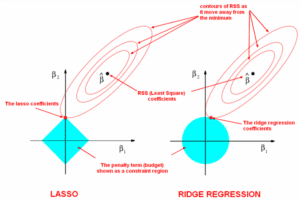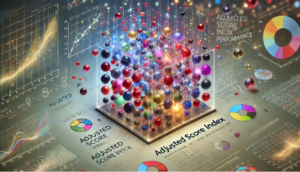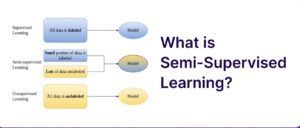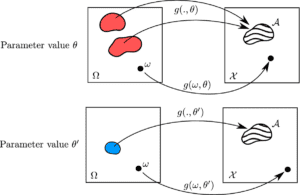
A Very Short Introduction of Label Propagation in Scikit-learn
A Brief History of Label Propagation: Who Developed It? The concept of label propagation originated in graph theory, a mathematical framework for analyzing connections in networks. It became a pivotal technique in semi-supervised learning, which utilizes both labeled and unlabeled




